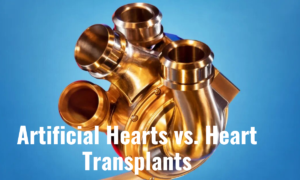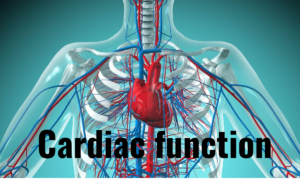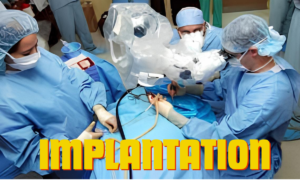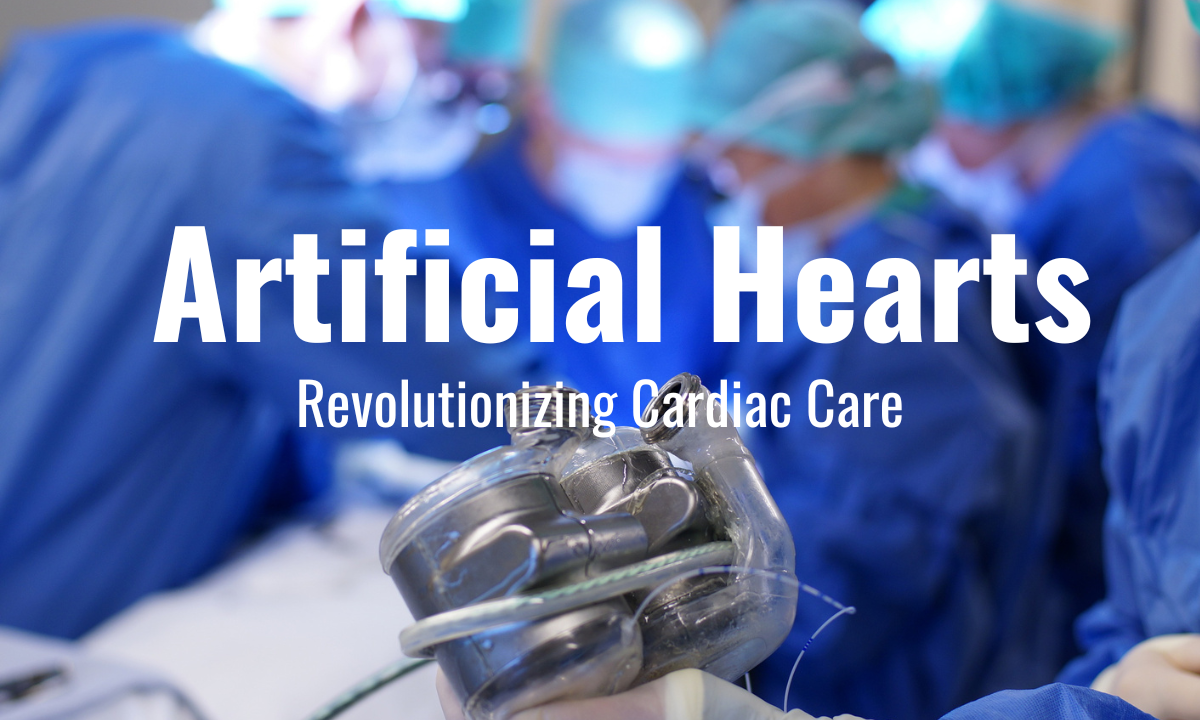Artificial Heart : Revolutionizing Cardiac
Artificial hearts, also known as cardiac assist devices or mechanical hearts, are revolutionary medical devices designed to mimic the functions of the human heart. These devices are implanted into patients suffering from severe heart failure or other cardiac conditions, providing them with a lifeline and improving their quality of life.
History of Artificial Hearts
The concept of artificial hearts dates back to the 1950s when Dr. Paul Winchell invented the first mechanical heart. Since then, significant advancements have been made in the field of cardiac assist devices, leading to the development of more sophisticated and effective artificial hearts.
Types of Artificial Hearts
Total Artificial Hearts
Total artificial hearts are designed to replace the entire natural heart. These devices consist of two ventricles and mechanical valves, pumping blood throughout the body and sustaining vital organ function.
Left Ventricular Assist Devices (LVADs)
LVADs are partial artificial hearts that assist the left ventricle in pumping blood. These devices are often used as a bridge to transplantation or as destination therapy for patients who are not eligible for heart transplantation.
How Artificial Hearts Work
Artificial hearts function by pumping blood through the body, providing oxygen and nutrients to vital organs. They are powered by external or internal power sources, ensuring continuous circulation and maintaining hemodynamic stability.
Advantages of Artificial Hearts
- Prolonged survival for patients awaiting heart transplantation
- Improved quality of life and symptom management
- Reduction in heart failure-related hospitalizations
- Enhanced mobility and independence for patients
- Challenges and Limitations
- Despite their benefits, artificial hearts pose several challenges, including the risk of infection, device malfunction, and limited battery life. Additionally, the high cost of these devices may limit accessibility for some patients.
Ethical Considerations
The use of artificial hearts raises ethical questions regarding patient autonomy, informed consent, and resource allocation. Healthcare professionals must navigate these ethical dilemmas to ensure equitable access to life-saving technology.
Current Research and Development
Ongoing research in the field of artificial hearts focuses on enhancing device durability, miniaturization, and compatibility with the human body. Scientists are also exploring regenerative medicine approaches to create bioengineered hearts using patient-derived cells.
Future Outlook
The future of artificial hearts holds promise for further innovation and improvement in cardiac care. With continued advancements in technology and medical research, artificial hearts may become more accessible and effective in treating a broader range of patients.
Impact on Cardiology
The development of artificial hearts has transformed the field of cardiology, offering new treatment options for patients with end-stage heart failure. These devices complement traditional therapies and contribute to advancements in heart transplantation and cardiac surgery.
Patient Stories and Testimonials
Many patients who have received artificial hearts share inspiring stories of survival and resilience. Their testimonials highlight the life-changing impact of these devices and the hope they offer to individuals facing serious cardiac conditions.
Artificial Hearts vs. Heart Transplants
 While heart transplantation remains the gold standard for treating end-stage heart failure, artificial hearts provide an alternative for patients who are ineligible for transplantation or awaiting donor organs. Both approaches have their benefits and limitations, and the choice depends on individual patient factors.
While heart transplantation remains the gold standard for treating end-stage heart failure, artificial hearts provide an alternative for patients who are ineligible for transplantation or awaiting donor organs. Both approaches have their benefits and limitations, and the choice depends on individual patient factors.Cost and Accessibility
The cost of artificial hearts can be substantial, including surgical fees, device expenses, and post-operative care. Access to these devices may vary depending on geographical location, insurance coverage, and healthcare infrastructure.
Conclusion
Artificial hearts represent a remarkable advancement in medical technology, offering hope to patients with severe heart failure. Despite challenges and ethical considerations, these devices have the potential to save lives and improve outcomes for individuals living with cardiac conditions.
FAQs About Artificial Hearts
- How long can a person live with an artificial heart?
The lifespan of a person with an artificial heart varies depending on factors such as device type, underlying health conditions, and overall medical management. Some patients have lived for several years with these devices. - Are artificial hearts covered by insurance?
Insurance coverage for artificial hearts may vary depending on the type of insurance plan and individual policy provisions. Patients are encouraged to consult with their insurance providers to understand coverage options. - What are the risks associated with artificial hearts?
Risks associated with artificial hearts include infection, bleeding, device malfunction, blood clots, and adverse reactions to medications. Close monitoring and adherence to medical guidelines can help mitigate these risks. - Can artificial hearts be used as a permanent solution?
For some patients, artificial hearts serve as a permanent solution, known as destination therapy. However, in many cases, these devices are used as a bridge to heart transplantation or until other treatment options become available.
How much does an artificial heart cost?The cost of an artificial heart can range from tens of thousands to hundreds of thousands of dollars, depending on factors such as device type, surgical fees, hospitalization expenses, and post-operative care.Patient Selection Criteria Before undergoing artificial heart implantation, patients undergo thorough evaluation to determine their eligibility. Key factors considered include:
Medical History
- Previous heart surgeries or interventions
- Presence of comorbidities such as diabetes, hypertension, or kidney disease
History of infections or clotting disorders
Cardiac Function

- Severity of heart failure symptoms
- Ejection fraction (measurement of the heart’s pumping ability)
- Presence of structural heart abnormalities or valve dysfunction
Psychosocial Factors
- Patient’s ability to adhere to post-operative care and lifestyle modifications
- Support network available for caregiving and emotional support
Understanding of the risks and benefits of artificial heart therapy
Surgical Procedure
The implantation of an artificial heart involves a complex surgical procedure performed by a multidisciplinary team of cardiac surgeons, anesthesiologists, and perfusionists. The steps typically include:
Preoperative Preparation
- Patient evaluation and optimization of medical conditions
- Informed consent process, including discussion of risks and benefits
Placement of temporary mechanical circulatory support if needed
Implantation

- Median sternotomy or thoracotomy to access the heart
- Removal of diseased heart tissue, if necessary
- Attachment of the artificial heart to the remaining cardiac structures
- Testing of device function and hemodynamic parameters
Postoperative Care
Close monitoring in the intensive care unit (ICU) for hemodynamic stability
Initiation of anticoagulation therapy.

1 thought on “Artificial Hearts: Revolutionizing Cardiac Care in 2024”